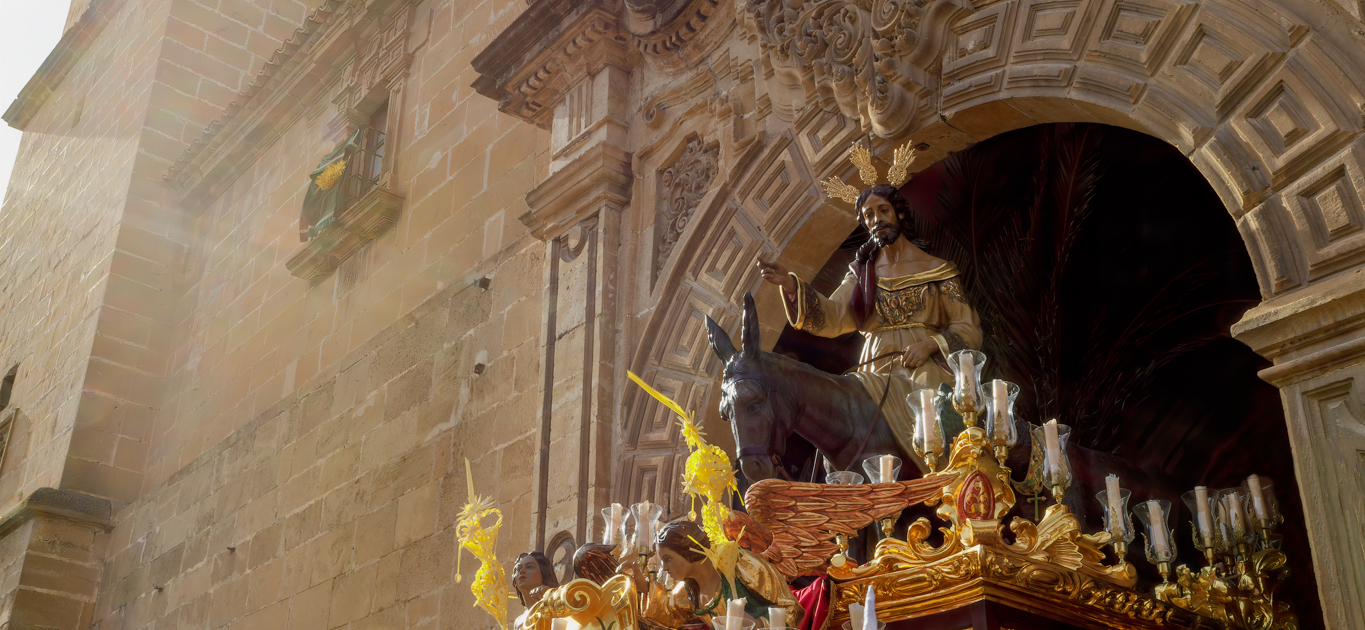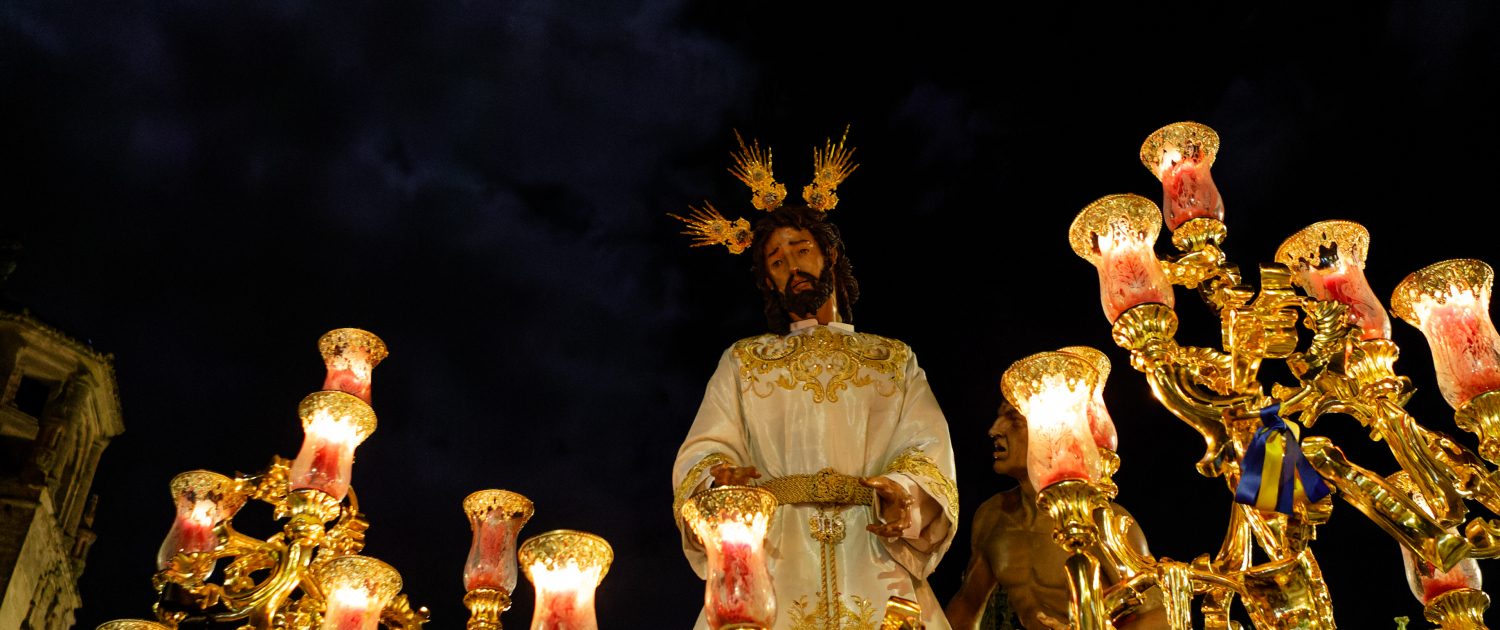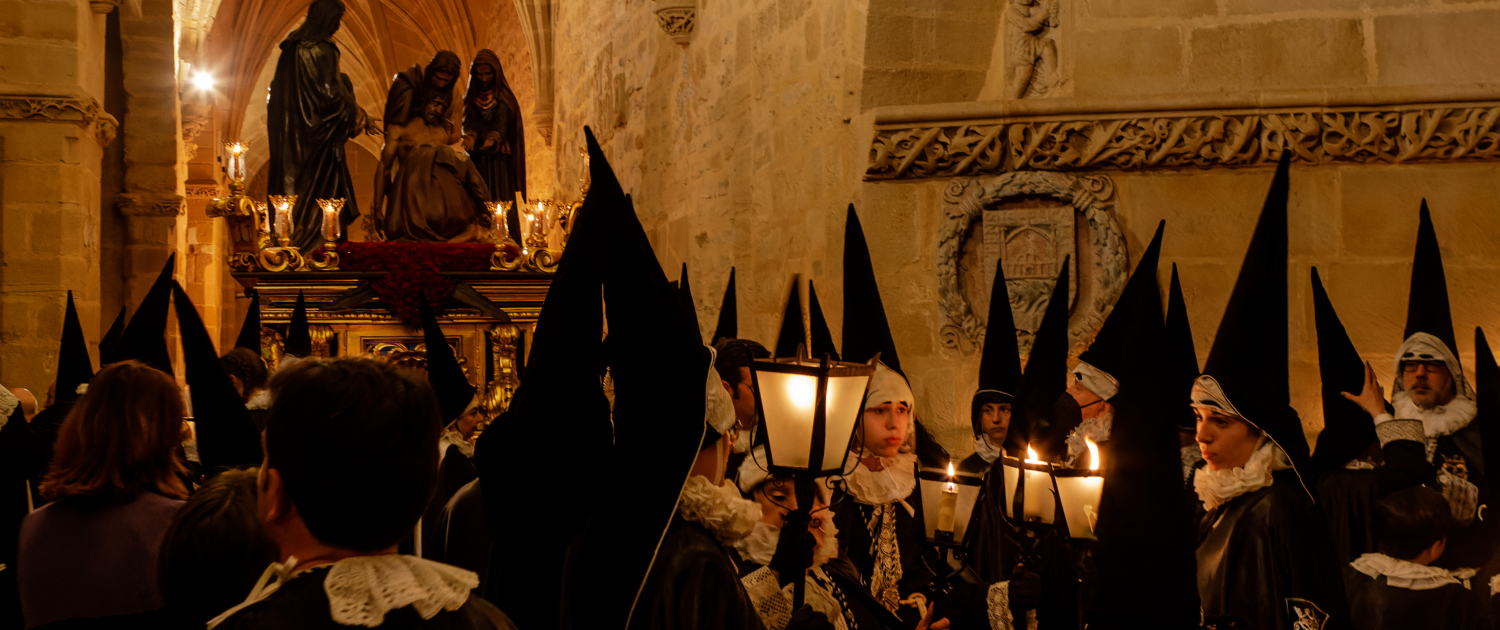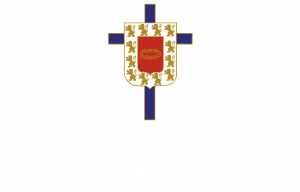The sixteenth century will be the period of maximum splendor of the entire history of Úbeda, which experienced an important economic development by the increase in agricultural production and diversification of the craft industry. In addition, the economic development took with it a demographic increase, reaching the city a population of 18,000 inhabitants. During this stage they emphasize the presence of illustrious personages that would leave mark in the history like San Juan de la Cruz.
In this century, members of the nobility of Ubeda participate in the highest positions of civil and ecclesiastical bureaucracy, with the Cobos Molina family, whose main member, Francisco de losCobos, will hold the position of secretary to the emperor Carlos V.
Other members of his family, such as Juan Vázquez de Molina or Diego de los Cobos, also follow his steps and leave in the city the most important architectural works of the 16th century in Úbeda, made by great artists of the time such as Siloé, Vandelvira, Berruguete.
In the middle of the twentieth century, the local industry has a strong rebound thanks to the developmental pull, but insufficient to absolve the strong increase of population with an emigration destiny. Slowly, the Renaissance Úbeda is going to reach the current place as a provincial reference, head of the region and as a center of industry and services at regional level of increasing importance. That is why, on July 3, 2003, it is named, together with Baeza, a World Heritage Site.




























